Growing Pitcher Plants: Learn About The Care of Pitcher Plants
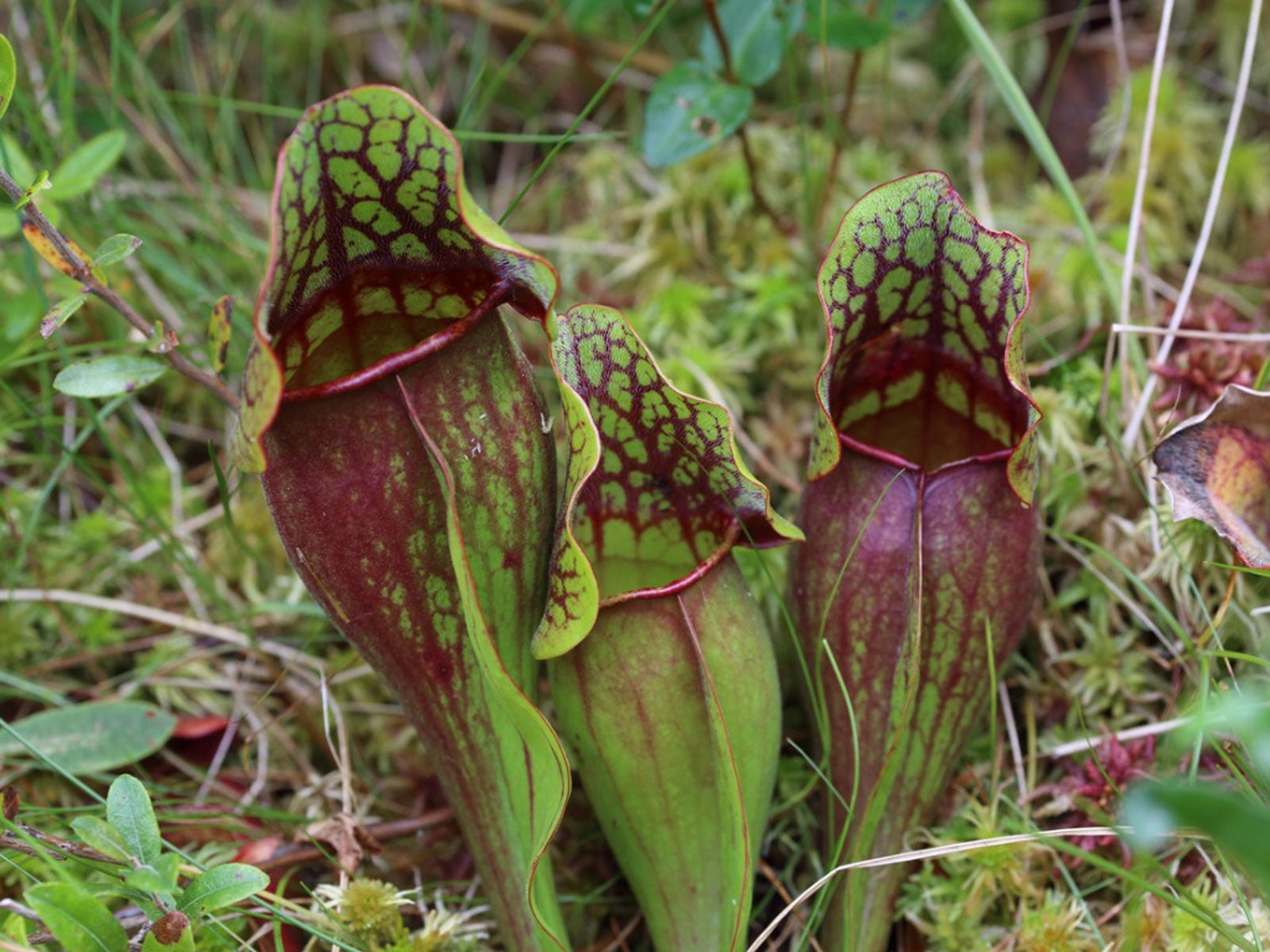

Pitcher plants have the appearance of an exotic, rare plant but they are actually native to parts of the United States. They grow in parts of Mississippi and Louisiana where soils are poor and nutrient levels must be acquired from other sources. The plants are carnivorous and have fleshy funnels or tubes that function as traps for insects and small animals. Growing pitcher plants as indoor plants is common, but raising them outdoors requires a little know-how. Learn how to grow a pitcher plant for an interesting conversation piece in the home interior or exterior garden.
Types of Pitcher Plants
There are around 80 types of pitcher plants found in the genus names Sarracenia, Nepenthes and Darlingtonia. Not all of these are suitable for outdoor growing, as Nepenthes are tropical pitcher plants, but purple pitcher plant (Sarracenia purpurea) has a zonal tolerance of 2 to 9 and is exceptionally adaptable to a wide range of areas. The northern pitcher plant is another name for the purple type and grows wild in Canada. It is suited for temperate to cool regions. Yellow pitcher plant (Sarracenia flava) is found in Texas and boggy parts of Florida. Parrot pitcher (Sarracenia psittacina) and the green spotted pitcher (syn. yellow pitcher plant) are warm season plants. Both are found on the endangered species list and are not available for sale. They should not be harvested from the wild either. Cobra pitcher plants (Darlingtonia californica) are native only to extreme northern California and southern Oregon. They are also more difficult to grow. Growing pitcher plants should start with a species that is native to your region or adaptable to the climate where you live.
How to Grow a Pitcher Plant
Growing pitcher plants is easy as long as you pay attention to some key items. Pitcher plant's unusual shape and carnivorous habit are the result of nutrient deficiencies in their native soil. The regions where they grow are nitrogen deprived, so the plant catches insects to harvest their nitrogen. Growing pitcher plants outdoors and pitcher plant care starts with the site and soil. They do not need rich organic soil but do need a medium that drains well. Potted pitcher plants need to be in well-drained soils. Use any type of pot for indoor plants and provide a low fertility mixture in which the plants will grow. For instance, the potted pitcher plant thrives in a mixture of peat moss, bark and vermiculite. The pot can be small and they can even do well in a terrarium. Outdoor specimens live in slightly acidic soils. Pitcher plants must be kept wet and can even grow in water gardens. The plants need boggy, moist soil and will perform well at the margins of a pond or bog garden. Pitcher plants thrive in full sun to light shade.
Care of Pitcher Plants
Caring for pitcher plants is minimal. The best temperature for pitcher plants that are grown inside is between 60 and 70 F. (16-21 C.). Indoor plants should be fertilized at the start of the growing season with a good orchid food and every month until fall. Most of the plants' nutrient needs come from the insects they catch in the pitcher shaped organs. Because of this, the care of pitcher plants outdoors does not require much fertilization. Outdoor plants will naturally lose some of the pitcher shaped leaves. Cut them off as they die back. New leaves will form from the rosette base. Pitcher plant care also includes protecting plants in the ground from freezes by mounding mulch around the base of the rosette.
Gardening tips, videos, info and more delivered right to your inbox!
Sign up for the Gardening Know How newsletter today and receive a free copy of our e-book "How to Grow Delicious Tomatoes".

Bonnie Grant is a professional landscaper with a Certification in Urban Gardening. She has been gardening and writing for 15 years. A former professional chef, she has a passion for edible landscaping.
-
 4 Superfast Composting Methods: Turn Waste Into Garden Gold In 30 Days Or Less
4 Superfast Composting Methods: Turn Waste Into Garden Gold In 30 Days Or LessTry the fastest composting methods to turbocharge your pile and transform kitchen scraps and garden waste into finished compost in just a few weeks.
By Mary Ellen Ellis
-
 Best Spider Plant Soil – Complete Soil Guide And Expert Tips For Keeping Plants Happy
Best Spider Plant Soil – Complete Soil Guide And Expert Tips For Keeping Plants HappySpider plants are fun and easy plants to grow, but what is the best soil for a spider plant? Selecting the right soil is important so they can thrive.
By Bonnie L. Grant
-
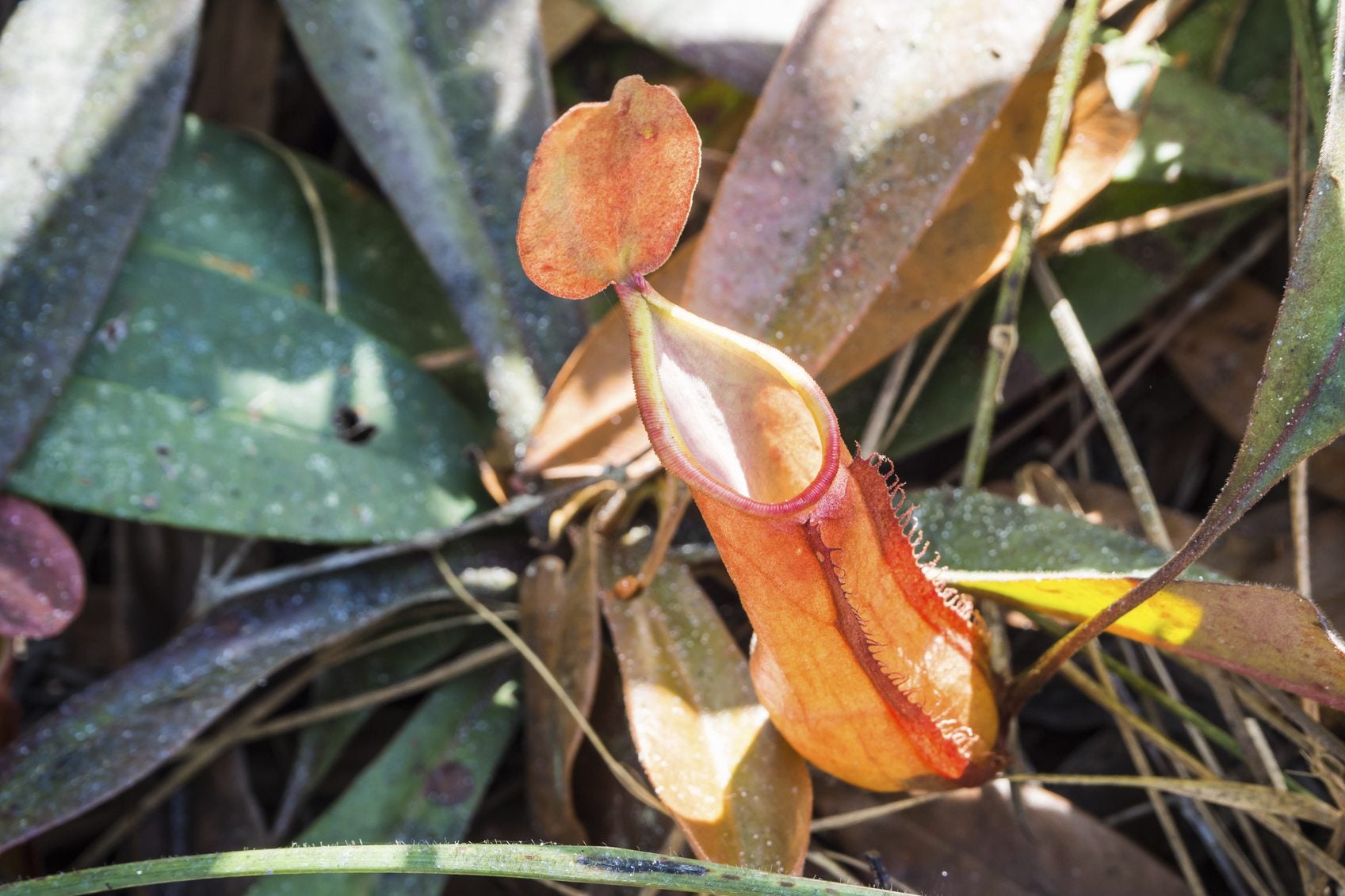 Black Pitcher Plant Leaves – Why Nepenthes Leaves Are Turning Black
Black Pitcher Plant Leaves – Why Nepenthes Leaves Are Turning BlackPitcher plant has specific needs, and it lets you know with alarming clarity when those needs aren't being met. This article explains what to do when you find your pitcher plant's leaves turning black. Click here to learn more.
By Jackie Carroll
-
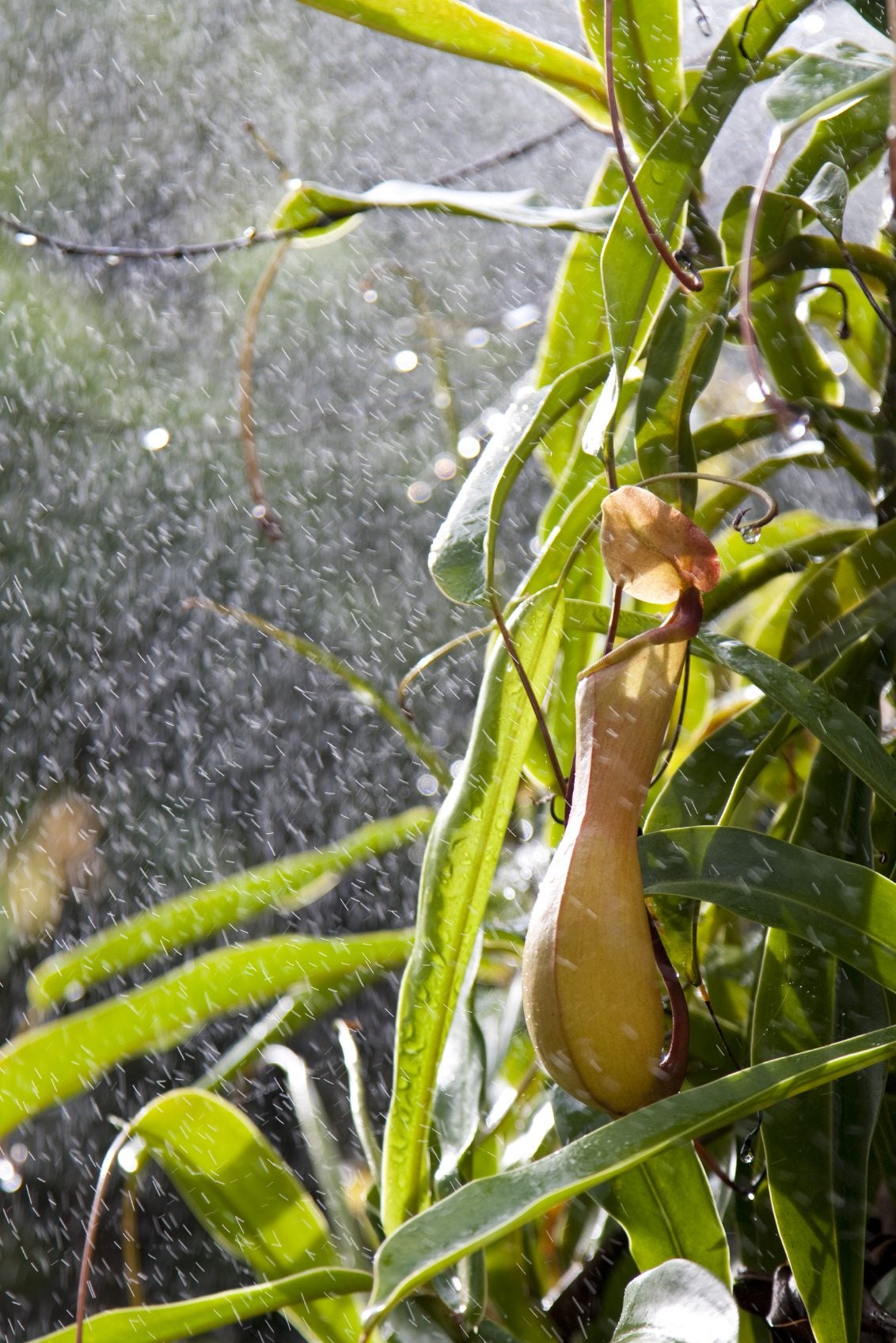 Watering Nepenthes – How To Water A Pitcher Plant
Watering Nepenthes – How To Water A Pitcher PlantThere are many types of exotic pitcher plants, all surprisingly easy to grow once you learn how to meet the plant's basic needs, including proper pitcher plant watering. Click here to learn what's involved in watering a pitcher plant.
By Mary H. Dyer
-
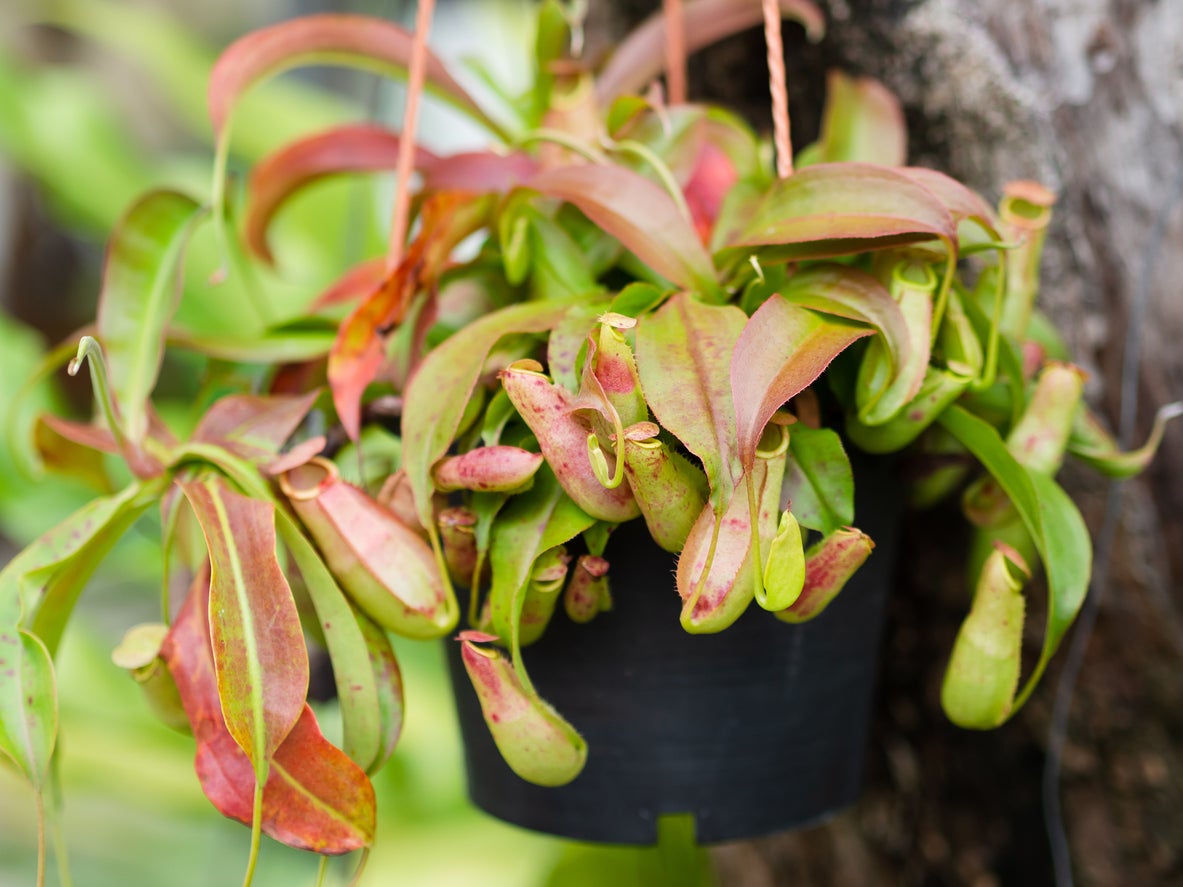 Nepenthes Pitcher Plants: Treating A Pitcher Plant With Red Leaves
Nepenthes Pitcher Plants: Treating A Pitcher Plant With Red LeavesNepenthes pitcher plants are often grown as houseplants. If you own one, you may see your pitcher plant leaves turning red. There are various possible reasons for a pitcher plant with red leaves; some require fixing, some do not. Click here to learn more.
By Teo Spengler
-
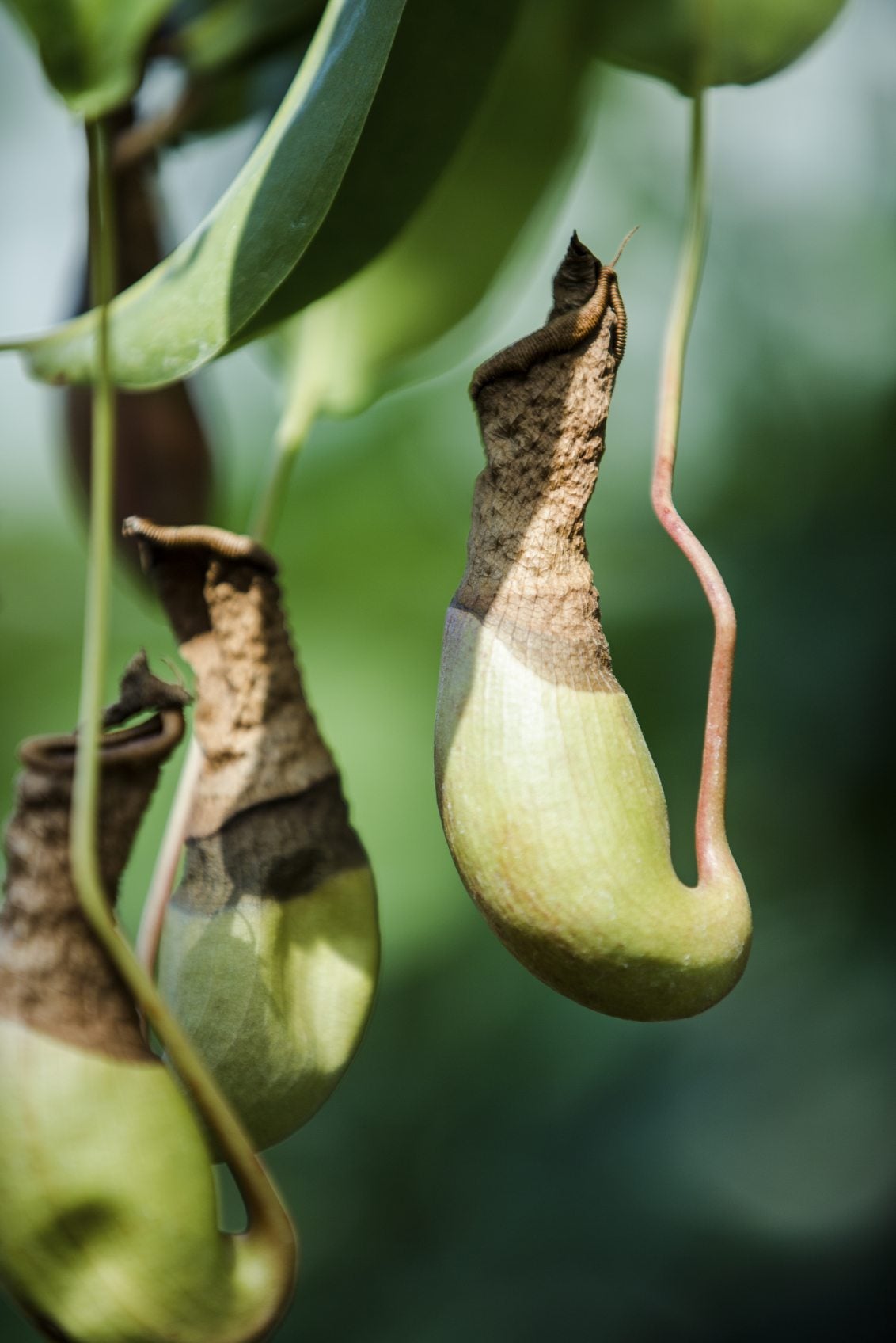 Pitcher Plant Pest Control: Learn About Pests Of Pitcher Plants
Pitcher Plant Pest Control: Learn About Pests Of Pitcher PlantsPitcher plants are exotic, fascinating plants, but they're prone to many of the same problems that affect any other plant, including pests. If you're wondering how to get rid of bugs on carnivorous plants, it can be tricky. Click here to find out why.
By Mary H. Dyer
-
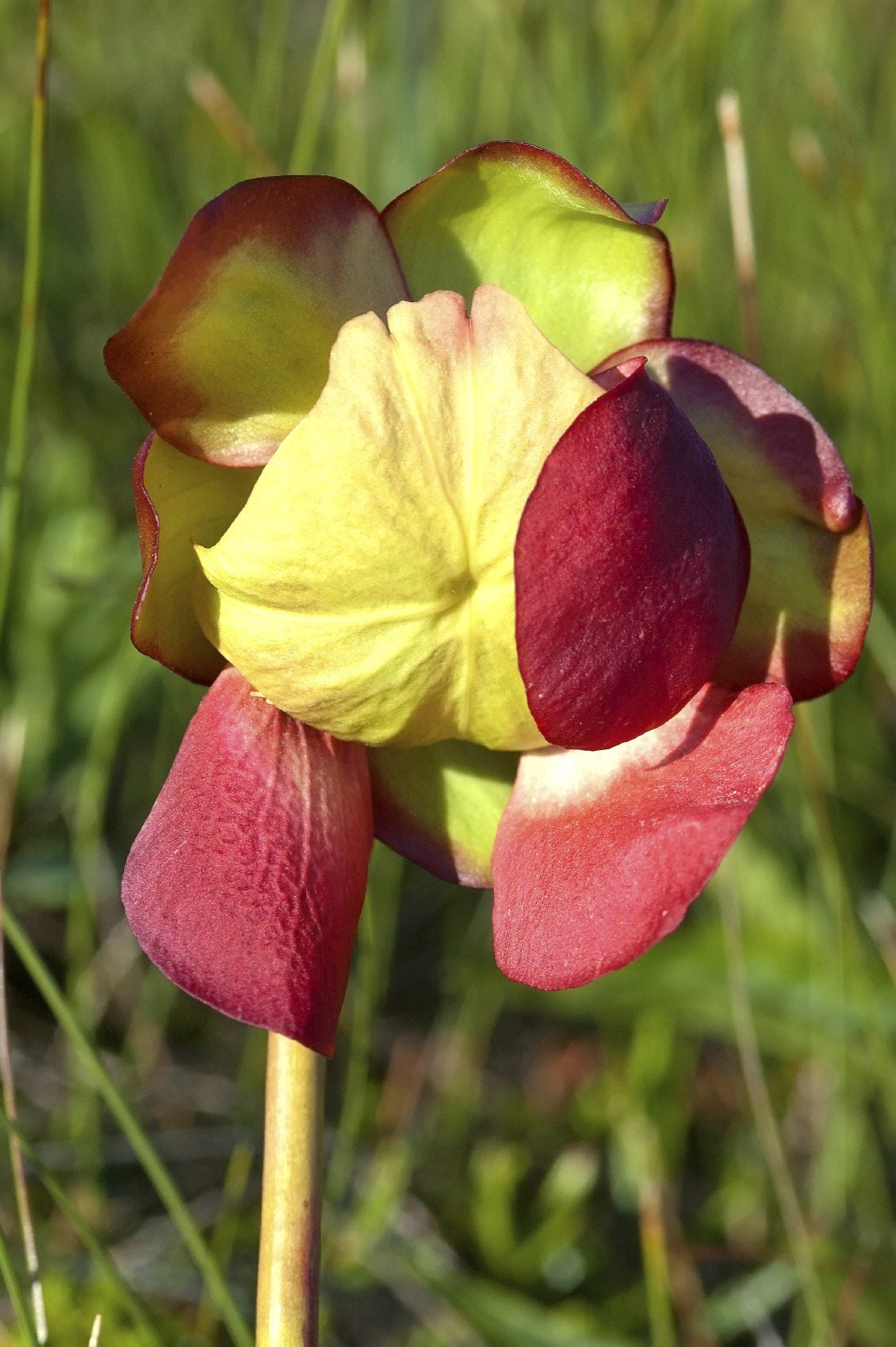 Do Pitcher Plants Bloom: Learn About Pitcher Plant Flowers
Do Pitcher Plants Bloom: Learn About Pitcher Plant FlowersDo pitcher plants bloom? They certainly do, and pitcher plant flowers are just as fascinating as the colorful, mysterious pitchers. Click on this article for more pitcher plant flower information. You'll be amazed at how lovely their flowers are.
By Mary H. Dyer
-
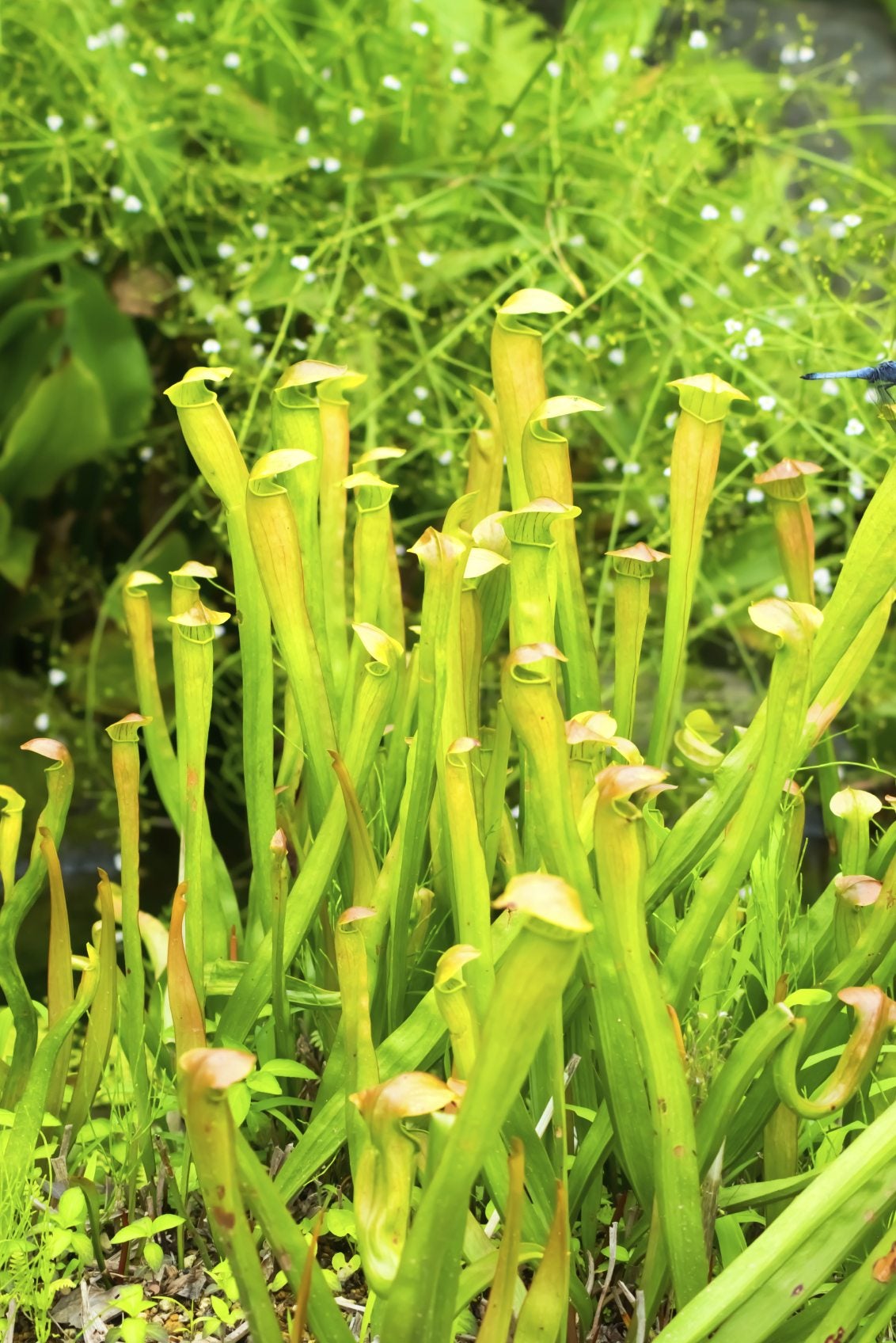 Pitcher Plant Info: Growing Pitcher Plants In The Garden
Pitcher Plant Info: Growing Pitcher Plants In The GardenGrowing pitcher plants outdoors requires a combination of conditions quite different from ordinary garden plants. To learn what these plants need to grow outdoors, click on the article that follows for additional information.
By Karen Boness
-
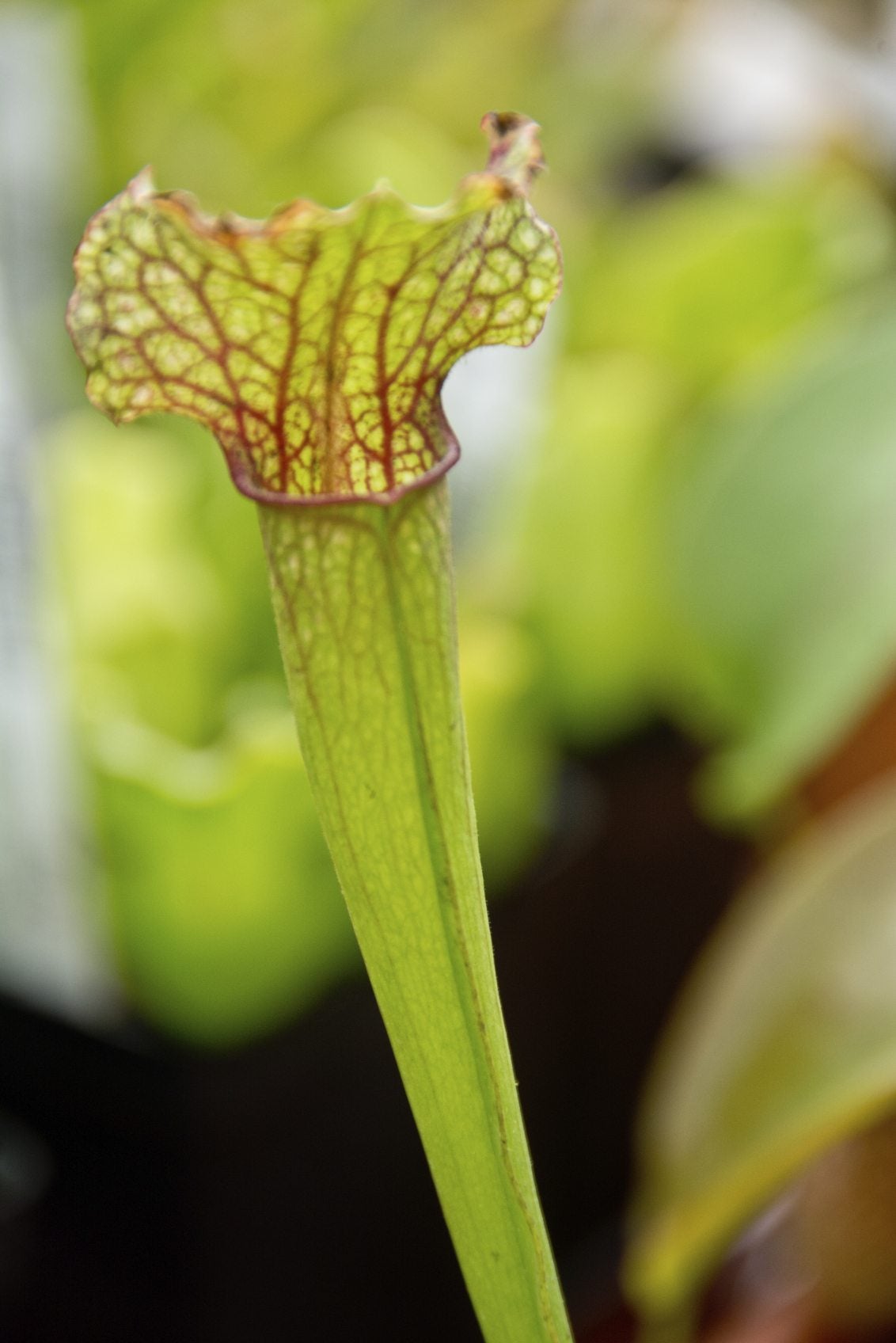 Carnivorous Plant Problems: Why A Pitcher Plant Has No Pitchers
Carnivorous Plant Problems: Why A Pitcher Plant Has No PitchersIf you're having carnivorous plant problems, such as a pitcher plant not making pitchers, it may require some troubleshooting to determine the problem. For helpful tips on this issue, simply click on the following article.
By Mary H. Dyer
-
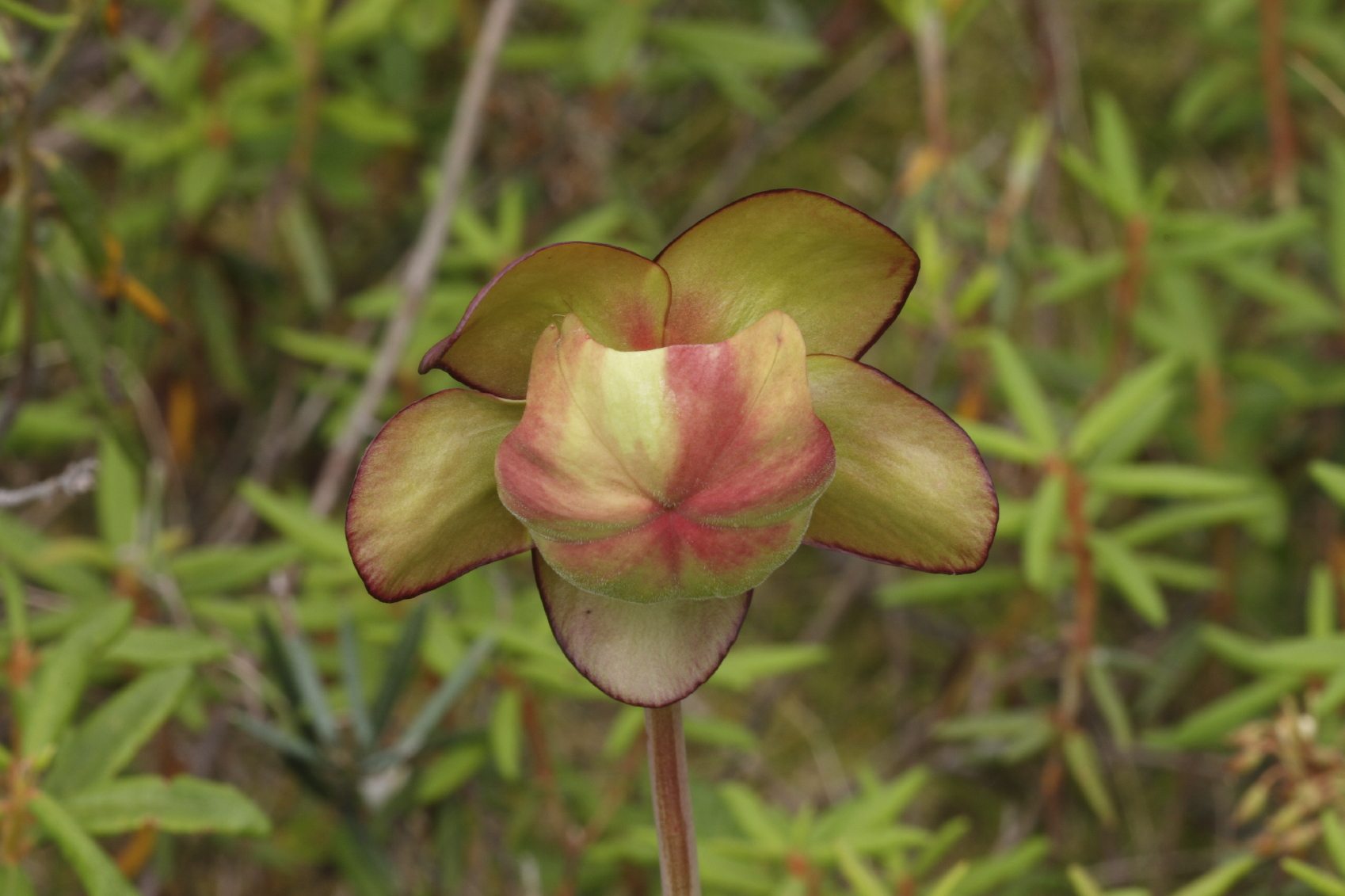 Pitcher Plant Seeds: Guide To Pitcher Plant Seed Growing
Pitcher Plant Seeds: Guide To Pitcher Plant Seed GrowingPitcher plant seed sowing is one of the best ways to reproduce this beautiful plant. But like the seeds of other carnivorous plants, they need special treatment to give them their best chance of growing. Click this article to learn more.
By Teo Spengler